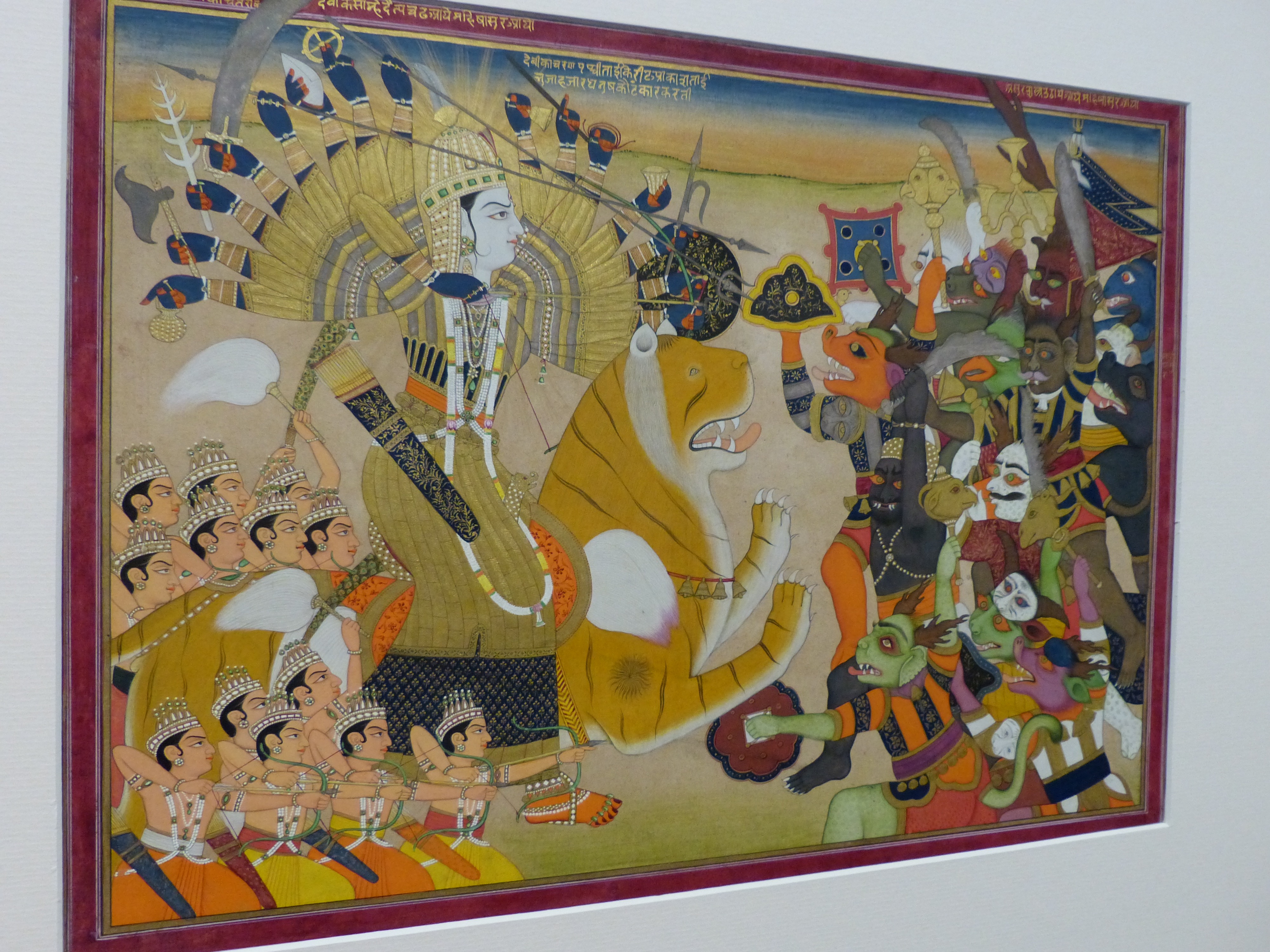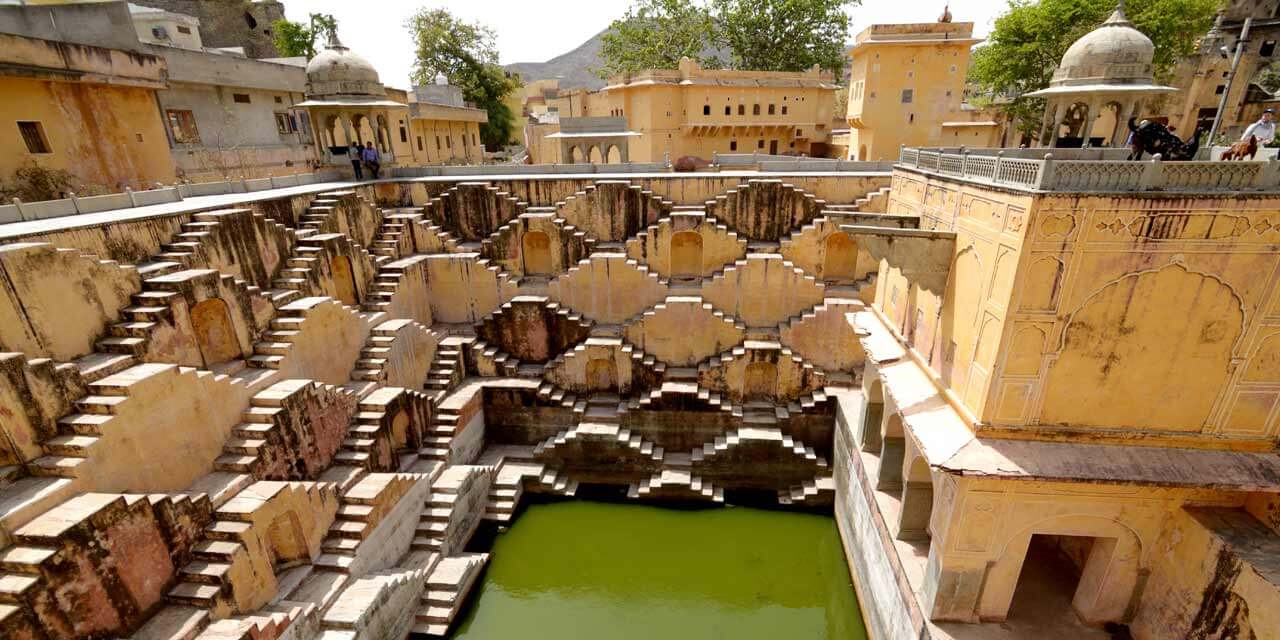DHUNDHAR:THE LOST CITY OF GREAT King's (Mindesh)
Amer was known in the ancient period as Dhundhar. the old and original fort of Amer was ruled by clan of meenas and later it was ruled by Kachwaha Rajputs.
Map showing dhundhar region with ancient amber :
MEENA'S
Amer was known in the ancient period as Dhundhar. the old and original fort of Amer was ruled by clan of meenas and later it was ruled by Kachwaha Rajputs. Is what is known in the present day as Jaigarh fort, It was actually the main defensive structure rather than the palace itself. Jaigarh fort and amber palace are connected by subterranean passages and considered as one complex
The oral history preserved in the traditional folktales and folklores of this tribe affirm the kingdom of Meena (Mindesh) with its capital at Amber."Meena history spread over eleventh (11th) and twelfth (12th) century AD.

The name Dhundhar is derived from a celebrated sacrificial mount on the western frontiers near Jobner. Some Meena historians are of the opinion that the name Dhundhar is derived from a demon king called Dhundhar whose cave is still pointed out on a hill at Kolta which is at the east of Jaipur city. Another ideology of the name Dhundhar is from the river called Dhund which was the bone of contention in demarcating the area ruled by Meena and Rajput chiefs. (Rizvi, SHM : 1987)
Tells the heroic tales of violent clashes between Meena and Rajput chiefs are centered around Dhundhar-the ancient kingdom of the Meenas.
dhundhar or dhoonadar or dhundara also known as Jaipur region, is a historical region of Rajasthan state in western India. It includes the districts of Jaipur, Dausa, Sawai Madhopur, and Tonk and the northern part of Karauli District. The region lies in east-central Rajasthan, and is bounded by the Aravalli Range on the northwest, Ajmer to the west, Mewar region to the southwest, Hadoti region to the south, and Alwar, Bharatpur, and Karauli districts to the east.
Dhundhar, Ancient paradise also known as Jaipur region
At the beginning of the eleventh century, the Kachchhwahs (turtles) from Narwar snatched the territory from the Meenas (fish) of the Matsya region and established the mighty Kachhwaha kingdom of Amber.
Dhundhar is a historical region of Rajasthan. It had been part of the Kacchwaha as well as Jaipur Kingdom and has been known by many different names. It comprises of the districts of Jaipur, Dausa, Sawai Madhopur, and Tonk and the northern part of Karauli District.







Amer under MeenasAmer Fort is situated in the Amer town which is at the distance of 11 km from Jaipur. The Amer town was firstly occupied and administered by Meenas. As they worshipped Goddess Amba, so on that basis they named the place as Amer or Amber. Goddess Amba was also known as Gatta Rani or Queen of Pass. History says that Amer town was previously known as Khogong which was ruled by Raja Ratun Singh or Alan Singh Chanda.
The region is situated in the east-central Rajasthan and is encompassed by Aravalli Range on the northwest, Alwar, Bharatpur, and Karauli districts to the east, Hadoti region to the south, Mewar region to the southwest, and Ajmer to the west. In 1900, Jaipur Kingdom was spread over a total of 15,579 sq miles.
Amer Fort

Read full Article about amber and click here Amber Kingdom of Meena's

The settlement at Amer was founded by Raja Alan Singh, a ruler from the Chanda clan of Meenas in 967 CE. The Amer Fort, as it stands now, was built over the remnants of this earlier structure during the reign of Raja Man Singh, the Kachwaha King of Amer. The structure was fully expanded by his descendant, Jai Singh I. Even later, Amer Fort underwent improvements and additions by successive rulers over the next 150 years, until the Kachwahas shifted their capital to Jaipur during the time of Sawai Jai Singh II, in 1727.
Panna Meena ka Kund
Panna Meena Ka Kund is located in Amer town close to Ambikeshwar Mahadev Temple or Anokhi Cafe. Ambikeshwar Mahadev Temple is well known in Amer town.
Ancient Untold Secret

History of Panna Meena ka Kund
There is no confirmed history or record on how this Baori came to be called Panna Meena or Panna Mian Kund.
It is believed that it dates back to the 16th century. There is yet another theory that it was built by the locals Meenas who were original residents of Amer .
Locals said that Panna Meena was a brave warrior and this stepwell was built in his remembrance.Some sources have mentioned that it is in Panna Meena Kund that Rajputs killed Meena chiefs who ruled Amer and thereby came to control this town.
None of the popular history books mentions this. What we do know is that before 11 century it was Meenas who ruled Amer. It is unlikely that Panna Meena Kund dates before the 11th century. In the absence of records, people add their own versions and stories. The fact is we know very little about its history.
This Baori was more than merely a source of water. It was a meeting spot for the women; to chit-chat and catch up on each other’s life. Therefore, it’s an important part of our culture & history and not simply a built heritage. By visiting, this stepwell you can probably visualize how life must have been centuries ago.
Dhundari language
Dhundhari (also known as Jaipuri) is an Indo-Aryan language spoken in the Dhundhar region of northeastern Rajasthan state, India. Dhundari-speaking people are found in three districts – Jaipur, Karauli, Hindaun, Sawai Madhopur, Dausa, and Tonk.
THE END
References
Rann Singh Mann, K. Mann (1989). Tribal Cultures and Change. Mittal Publications. p. 17.
John E. Cort "A Tale of Two Cities: On the Origins of Digambara Sectarianism in North India." L. A. Babb, V. Joshi, and M. W. Meister (eds.), Multiple Histories: Culture and Society in the Study of Rajasthan, 39-83. Jaipur: Rawat, 2002.
Varni, Jinendra, Jainendra Siddhanta Kosa, in 4 volumes. New Delhi, 1970-1973
MacAlister completed the grammatical analysis on February 24, 1884. Books on Jain philosophy, such as Moksha Marga Prakashak, have been written in Dhundari by Acharyakalpa Pt. Todarmalji. The Serampore missionaries translated the New Testament into Jaipuri proper in 1815.
old pics of rajasthan by william simpson





